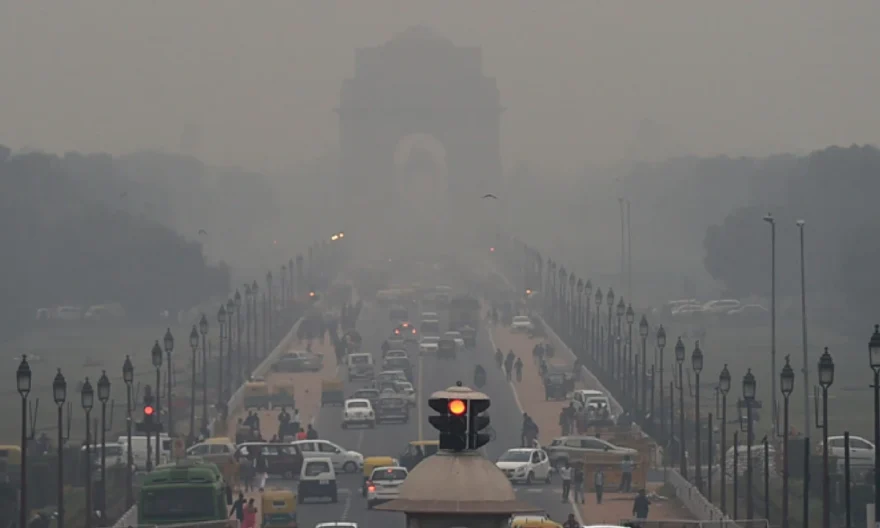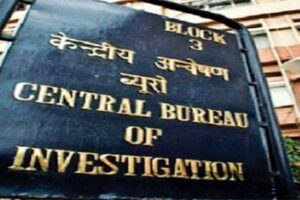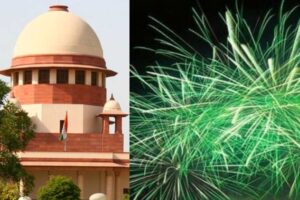
Delhi witnessed a surge in pollution levels, marked by a smoky haze on Monday morning due to residents disregarding the firecracker ban during Diwali night. Despite recording its best air quality in eight years on Diwali day, with an AQI of 218 at 4 pm, the post-Diwali period saw a notable increase in pollution levels due to ongoing firecracker activity amidst lower temperatures.
By 7 am, the AQI had risen to 275 (falling in the ‘poor’ category). Some areas experienced pollution levels categorized as ‘very poor,’ including Shadipur (315), Ayanagar (311), Lodhi Road (308), Pusa (355), and Jahangirpuri (333). The concentration of PM2.5, a fine particulate matter known to affect respiratory health, exceeded the safe limit by six to seven times in these locations.
The bursting of firecrackers caused PM2.5 levels to soar, surpassing 1,000 micrograms per cubic meter in places like Okhla and Jahangirpuri during the early morning hours. Historical data from the Central Pollution Control Board revealed past Diwali AQI readings, with 2022 recording 303, 2021 with 462, and 2020 with 435, showcasing the trend of increasing pollution in recent years.
Just before Diwali this year, Delhi experienced clear skies and improved air quality, attributed to intermittent rainfall and favorable wind speeds aiding in the dispersion of pollutants. However, the city endured very poor to severe air quality for two weeks from October 28, enveloping the national capital in a stifling haze.
Continuing a tradition from the past three years, Delhi imposed a comprehensive ban on the manufacture, sale, storage, and use of firecrackers within the city. Last year, reduced instances of stubble burning, delayed rainfall, favorable weather conditions, and an earlier Diwali averted a severe spike in pollution post the festival.
Analyzing pollution sources, the Decision Support System highlighted stubble burning in neighboring states like Punjab and Haryana accounting for 35% of the PM2.5 pollution on Sunday, with a projected decrease to 22% on Monday and 14% on Tuesday. Transport, another significant contributor, was found to contribute between 12 to 14% to the recent pollution levels in Delhi.




